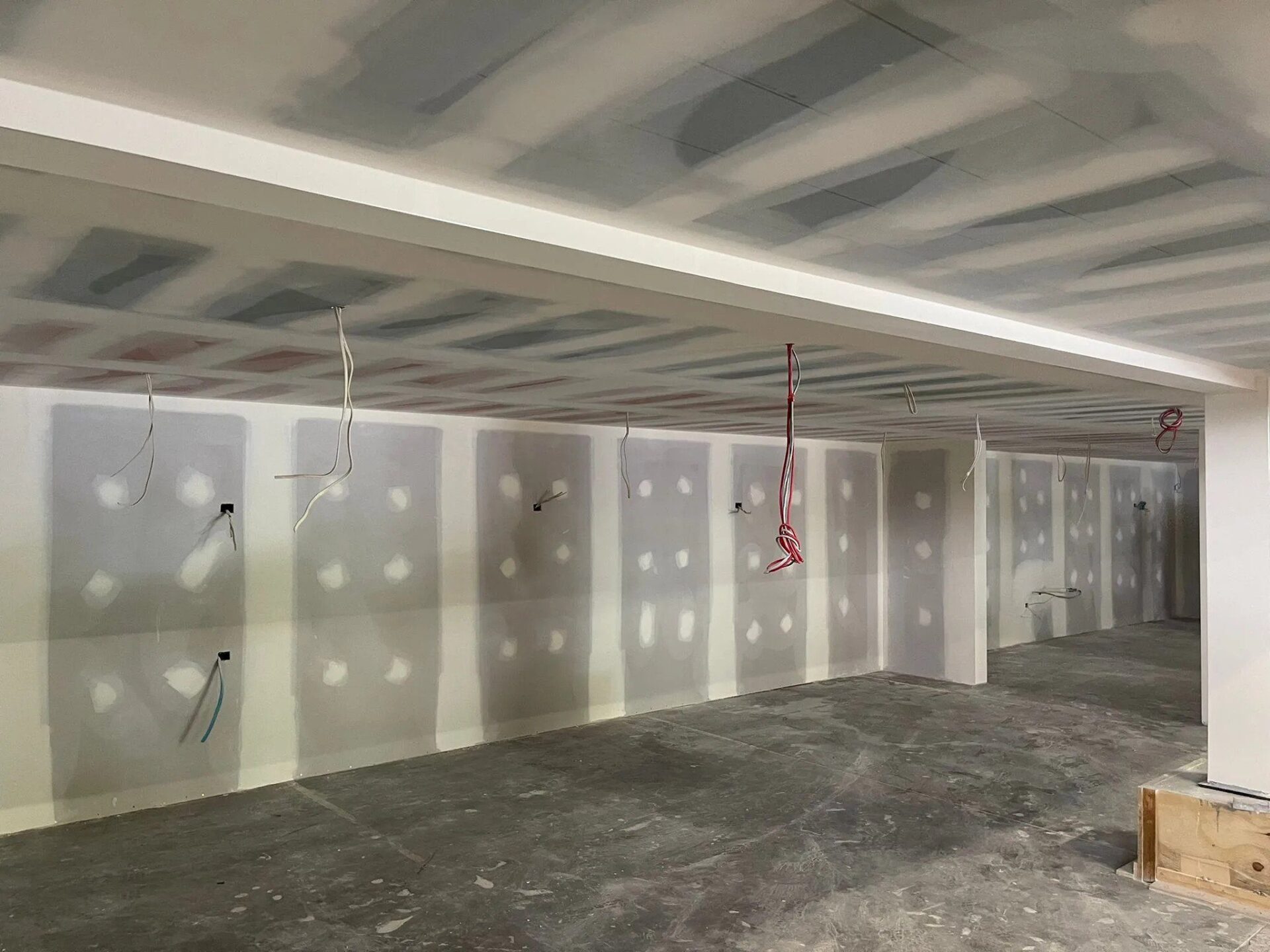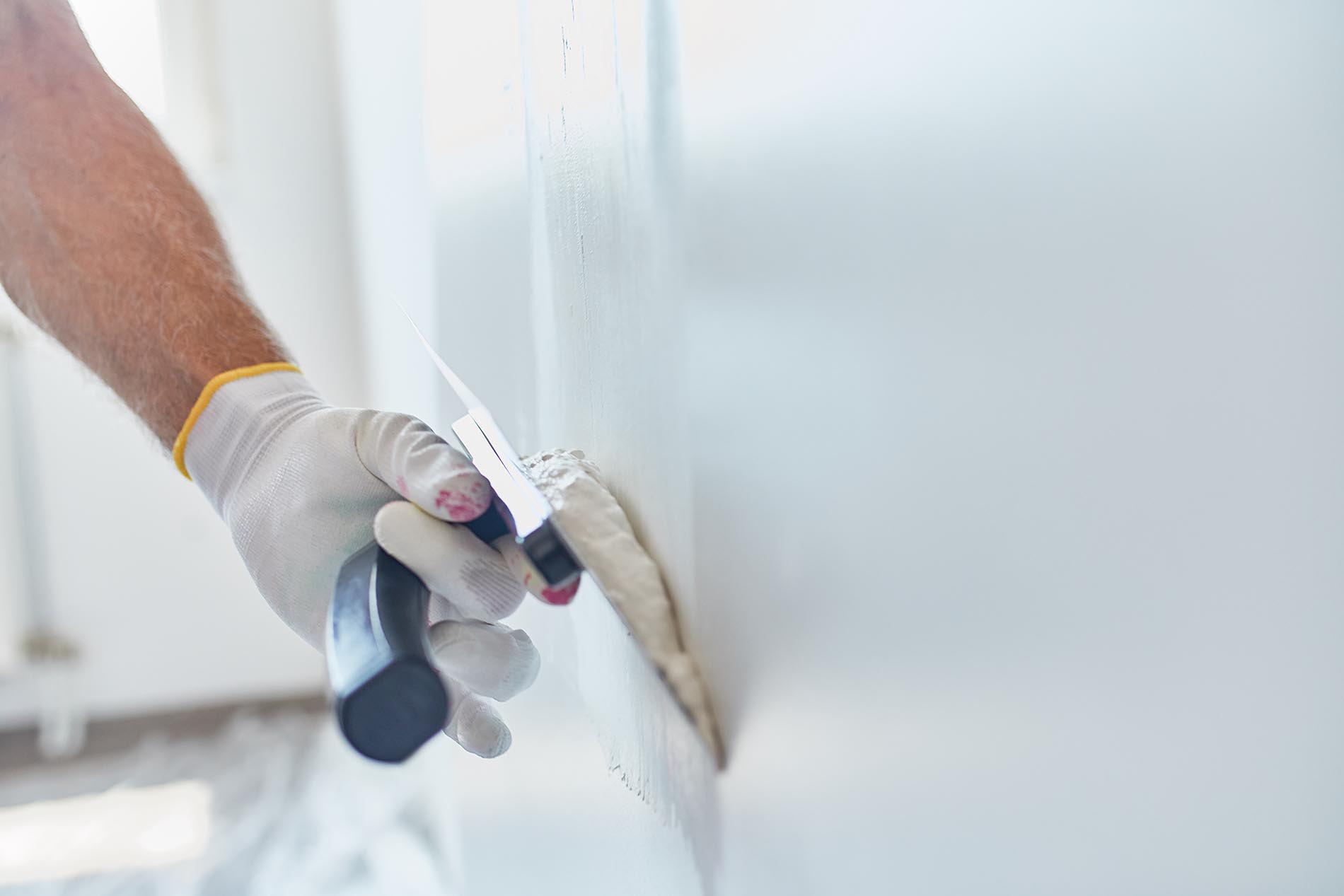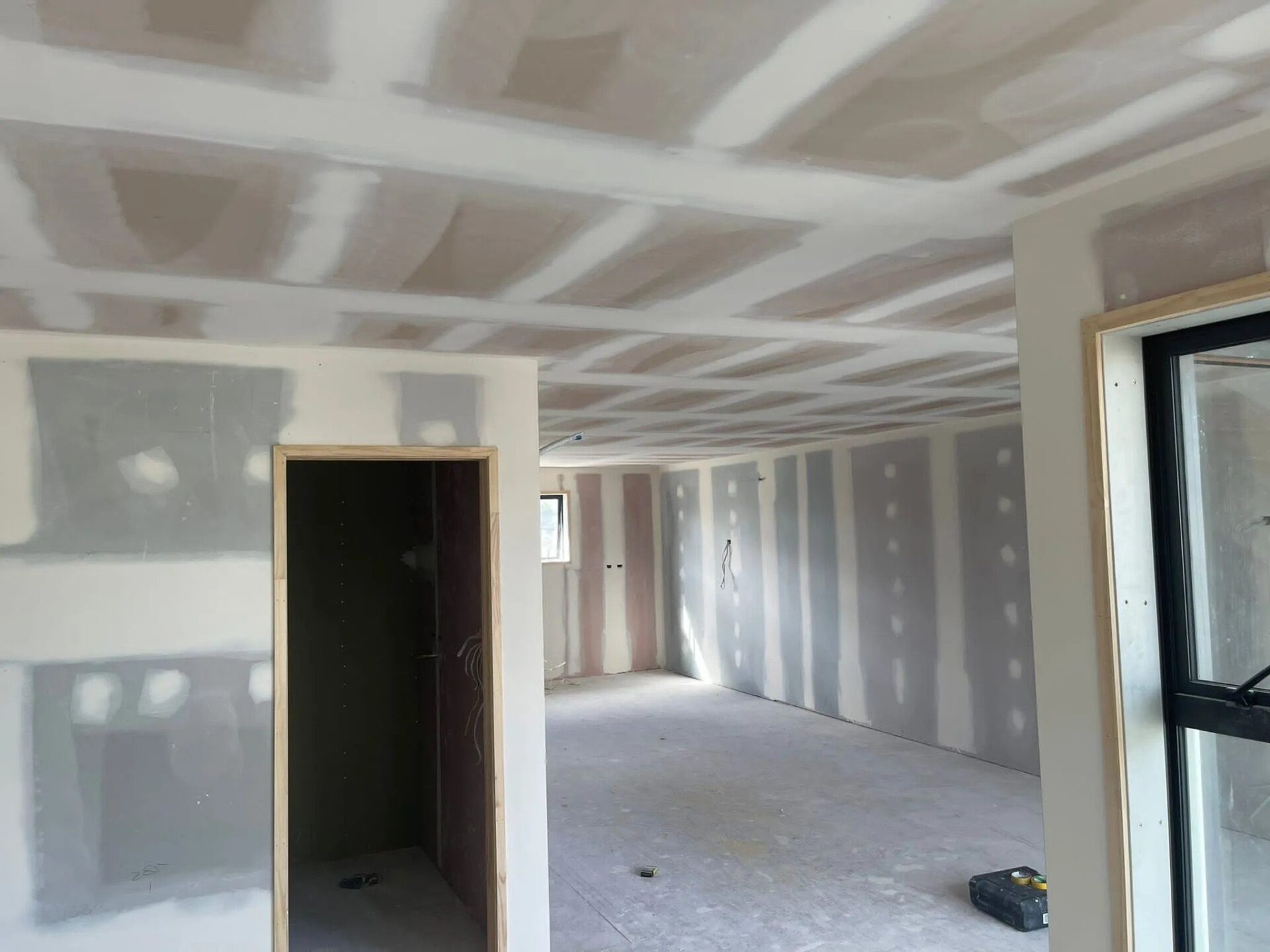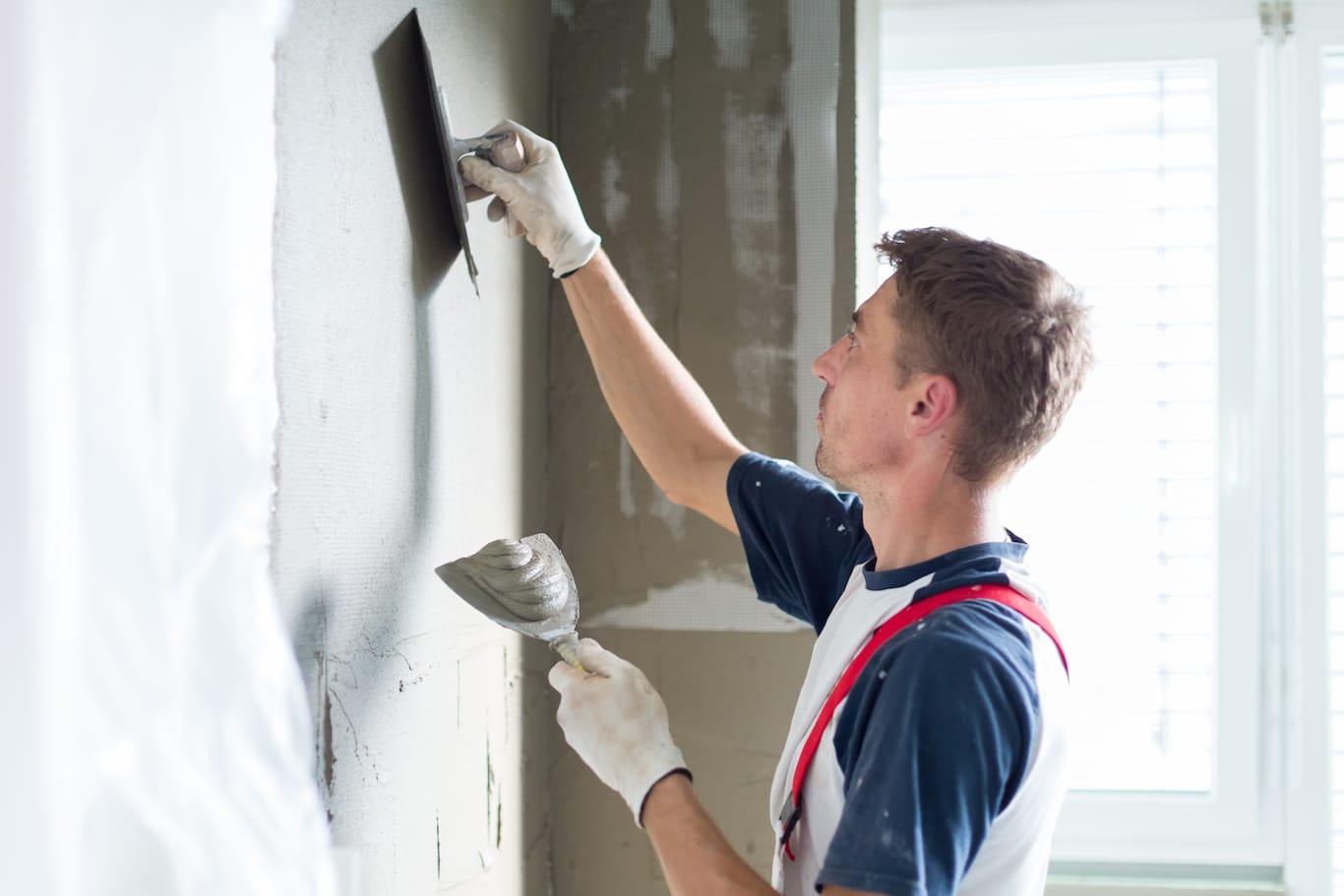I. Introduction
A. The importance of smooth plaster walls in home renovation
When you’re renovating your home, achieving smooth, flawless walls is a top priority. Smooth plaster walls not only enhance the aesthetic appeal of your interior but also provide a durable and long-lasting surface. One of the best ways to achieve this is through the use of GIB plasterboard and the process of GIB stopping.
B. Brief introduction to GIB® stopping and lining
GIB stopping and lining is a technique used in the world of interior plastering to achieve smooth, seamless walls and ceilings. It involves the installation of GIB plasterboard sheets, followed by the application of GIB compounds to fill joints, corners, and any imperfections, resulting in a flawless surface ready for decoration.
II. Understanding GIB® Plasterboard
A. What is GIB® plasterboard?
GIB plasterboard is a high-quality gypsum board manufactured by Winstone Wallboards Ltd in New Zealand. It is made from gypsum, a naturally occurring mineral, sandwiched between two layers of heavy-duty paper. GIB plasterboard is known for its durability, fire resistance, and sound insulation properties.
B. Advantages of using GIB® plasterboard for walls
There are numerous benefits to using GIB plasterboard for your walls and ceilings:
- Smooth, seamless finish: GIB plasterboard provides a flat, even surface that is perfect for painting or wallpapering.
- Durability: GIB plasterboard is resistant to cracks, dents, and other forms of damage, ensuring your walls remain in excellent condition for years to come.
- Fire resistance: GIB plasterboard has inherent fire-resistant properties, making it an ideal choice for enhanced safety in your home.
- Sound insulation: The dense nature of GIB plasterboard helps reduce noise transmission between rooms, creating a more peaceful living environment.
C. Different types of GIB® plasterboards available
GIB® offers a range of plasterboard products to suit various needs:
- GIB Standard: The most common type, suitable for general-purpose use in dry areas.
- GIB Aqualine: Moisture-resistant plasterboard for use in wet areas such as bathrooms and kitchens.
- GIB Fyreline: Fire-resistant plasterboard for use in areas requiring higher fire protection.
- GIB Noiseline: Sound-insulating plasterboard for reducing noise transmission between rooms.
III. Preparing for GIB Fixing and Stopping
A. Tools and materials required
Before starting your GIB fixing and stopping project, ensure you have the following tools and materials:
- GIB plasterboard sheets
- GIB compounds (GIB Tradeset, GIB Lite Blue, GIB MaxSet, GIB Plus 4)
- Measuring tape
- Utility knife
- Straight edge
- Sandpaper
- Joint tape
- Screw gun
- Screws
- Putty knife
- Sanding block
- Dust mask
- Safety goggles
B. Safety precautions and equipment
Always prioritize safety when working with GIB plasterboard:
- Wear a dust mask to avoid inhaling gypsum dust.
- Use safety goggles to protect your eyes from dust and debris.
- Wear gloves to minimize skin contact with GIB compounds.
- Ensure proper ventilation in the work area.
C. Preparing the room for renovation
Before installing GIB plasterboard, prepare the room:
- Remove any old wallpaper, loose paint, or damaged plaster.
- Ensure the wall framing is structurally sound and free from rot or damage.
- Check for and fix any plumbing or electrical issues.
- Protect the floor and any remaining furniture with drop cloths.
Read more: Mastering the Art of Plaster Walls in NZ – Learn How to Plaster a Wall Like a Pro
IV. GIB® Fixing: Installing GIB® Plasterboards
A. Measuring and cutting GIB® boards
- Measure the wall and ceiling dimensions to determine the number of GIB plasterboard sheets needed.
- Use a straight edge and utility knife to score and snap the GIB board to the required size.
- Cut holes for electrical outlets, light switches, and other fixtures using a utility knife or hole saw.

B. Fixing GIB® plasterboards to the wall frame
- Begin by installing the ceiling boards first, then the wall boards.
- Ensure the GIB plasterboard is properly aligned with the wall frame.
- Secure the GIB board to the frame using screws at regular intervals.
- Maintain a gap of at least 200mm between fasteners and keep them at least 10mm from the edge of the board.
C. Handling corners and edges
- Install corner beads at external corners to create a straight, durable edge.
- Use paper tape or mesh tape to reinforce internal corners and joints.
D. Tips for achieving a smooth and level surface
- Stagger the joints between GIB plasterboard sheets to avoid continuous seams.
- Ensure the GIB boards are flush with each other to minimize unevenness.
- Use back-blocking to support and strengthen joints in ceiling installations.
V. GIB® Stopping: Achieving a Smooth Finish
A. What is GIB stopping?
GIB stopping is the process of applying GIB compounds to fill and cover the joints, screws, and imperfections in the installed GIB plasterboard. This process creates a smooth, seamless surface ready for painting or other decoration.
B. Tools and materials needed for GIB stopping
- GIB compounds (GIB Tradeset, GIB Lite Blue, GIB MaxSet, GIB Plus 4)
- Joint tape
- Putty knife
- Sanding block
- Sandpaper
- Dust mask
- Safety goggles
C. Step-by-step guide to GIB stopping process
- Applying the first coat of GIB compound:
- Apply a thin layer of GIB compound over all joints, screws, and corner beads using a putty knife.
- Embed joint tape into the compound at all seams and corners, ensuring there are no air bubbles.
- Allow the first coat to dry completely.
- Sanding and applying subsequent coats:
- Once the first coat is dry, lightly sand any high spots or imperfections.
- Apply a second coat of GIB compound, feathering it out beyond the first coat to create a smooth transition.
- Allow the second coat to dry, then sand again.
- Apply a third coat if necessary, feathering it out even further.
- Finishing corners and edges:
- Pay extra attention to corners and edges, ensuring they are straight and smooth.
- Apply additional coats of GIB compound as needed to achieve a seamless finish.
D. Common mistakes to avoid during GIB stopping
- To ensure a smooth and even finish, apply the GIB compound in thin layers, allowing each coat to dry completely before applying the next. This approach minimizes the risk of shrinkage and cracking.
- Not allowing each coat to dry completely before sanding or applying the next coat.
- When applying GIB compound, use gentle, consistent strokes to avoid overworking the material. This technique helps prevent air bubbles and ensures a uniform surface.
- To achieve a professional-looking result, lightly sand between each coat of GIB compound. This crucial step eliminates any minor imperfections and creates a smooth base for the next layer, resulting in a flawless finish.
VI. Hiring Professionals for GIB® Fixing and Stopping
A. When to consider hiring professionals
While DIY GIB fixing and stopping are possible, there are situations where hiring professionals is recommended:
- Large-scale projects or entire home renovations.
- Complex layouts or designs, such as cathedral ceilings or curved walls.
- If you lack the time, tools, or expertise to achieve a high-quality finish.

B. Benefits of hiring experienced GIB® fixers and stoppers
- Professional results: Experienced GIB fixers and stoppers have the skills and knowledge to achieve a flawless finish.
- Time-saving: Professionals can complete the job efficiently, allowing you to move forward with your renovation project more quickly.
- Guarantee: Many professional GIB fixers and stoppers offer a warranty on their work, giving you peace of mind.
C. How to find reliable GIB® professionals in your area
- Ask for recommendations from friends, family, or local building supply stores.
- Search online for GIB fixing and stopping services in your area, such as “GIB stoppers Wellington”.
- Check reviews and ratings of potential professionals to ensure their quality of work.
- Request quotes from multiple professionals and compare their services and pricing.
VII. Maintenance and Repairs
A. Caring for your smooth plaster walls
To keep your GIB plasterboard walls looking their best:
- Regularly dust and clean the walls with a soft, dry cloth or duster.
- Avoid hanging heavy objects directly on the plasterboard; use wall anchors or studs instead.
- Promptly address any water damage or leaks to prevent plasterboard deterioration.
B. Identifying and fixing common issues
- Cracks: Fine cracks can be filled with GIB compound and sanded smooth. Larger cracks may require tape reinforcement before filling.
- Dents and holes: Small dents and holes can be filled with GIB compound, while larger holes may need a plasterboard patch.
- Loose tape or peeling compound: Remove the loose tape or compound, then reapply new tape and compound as needed.
C. Touch-up techniques for minor repairs
- Use a putty knife to apply GIB compound to the damaged area, feathering it out to blend with the surrounding surface.
- Allow the compound to dry completely, then sand it smooth.
- If necessary, apply a second coat of compound, feathering it out even further.
- Prime and paint the repaired area to match the rest of the wall.

VIII. Conclusion
A. Recap of the key points
GIB stopping and lining is an essential process for achieving smooth, durable plaster walls in your home renovation project. By understanding the properties of GIB plasterboard, properly preparing for installation, and following the correct GIB fixing and stopping techniques, you can create a flawless surface that will stand the test of time.
B. The satisfaction of achieving smooth plaster walls with GIB® stopping and lining
Completing a successful GIB stopping and lining project provides a sense of accomplishment and satisfaction. Not only will your walls look beautiful, but you’ll also have the confidence knowing that you’ve created a durable, long-lasting surface that will enhance your home for years to come.
C. Encouragement to start your own GIB® renovation project
Whether you choose to tackle the project yourself or hire experienced professionals, GIB stopping and lining is a worthwhile investment in your home. By following this easy-to-follow guide and utilizing the right tools and techniques, you can achieve the smooth, flawless plaster walls you’ve always dreamed of. So, take the first step in your renovation journey and discover the transformative power of GIB stopping and lining today!
If you’re looking for professional and reliable painting and decorating services in Wellington, look no further than Wellington Decorators Limited. With our experience and skilled team of craftsmen, we are committed to delivering stunning results and complete satisfaction for your home.
Email: info@wellingtondecorators.co.nz
Phone: 027 458 6465
Address: 1 Comber Place, Johnsonville, Wellington 6037
Office Hours: Monday to Friday, 8:00 am – 5:00 pm
Don’t wait any longer, click the button below and fill out our contact form. We’ll get back to you soon to provide a free consultation and quote. Let Wellington Decorators Limited turn your dream home into a reality today!

